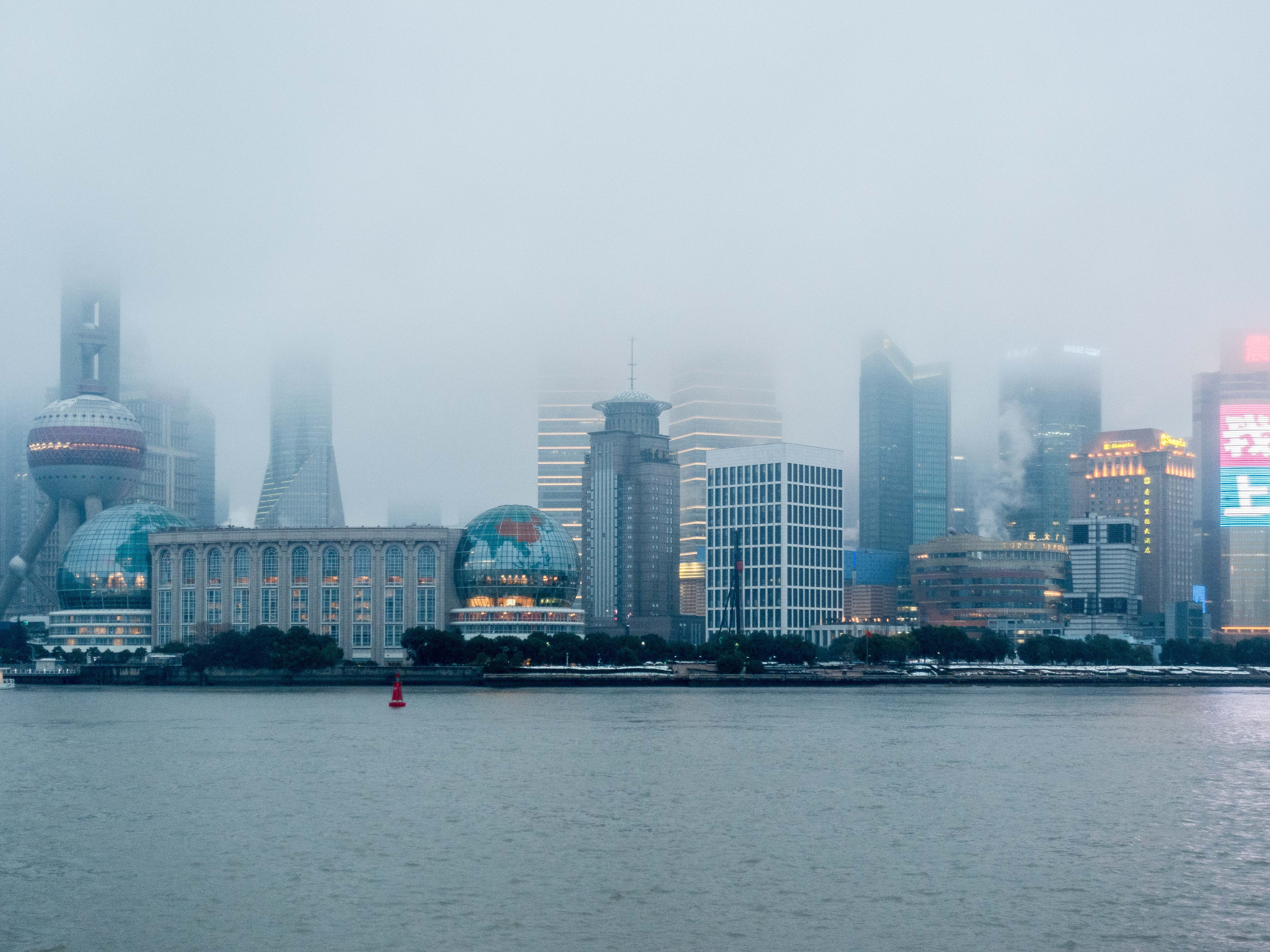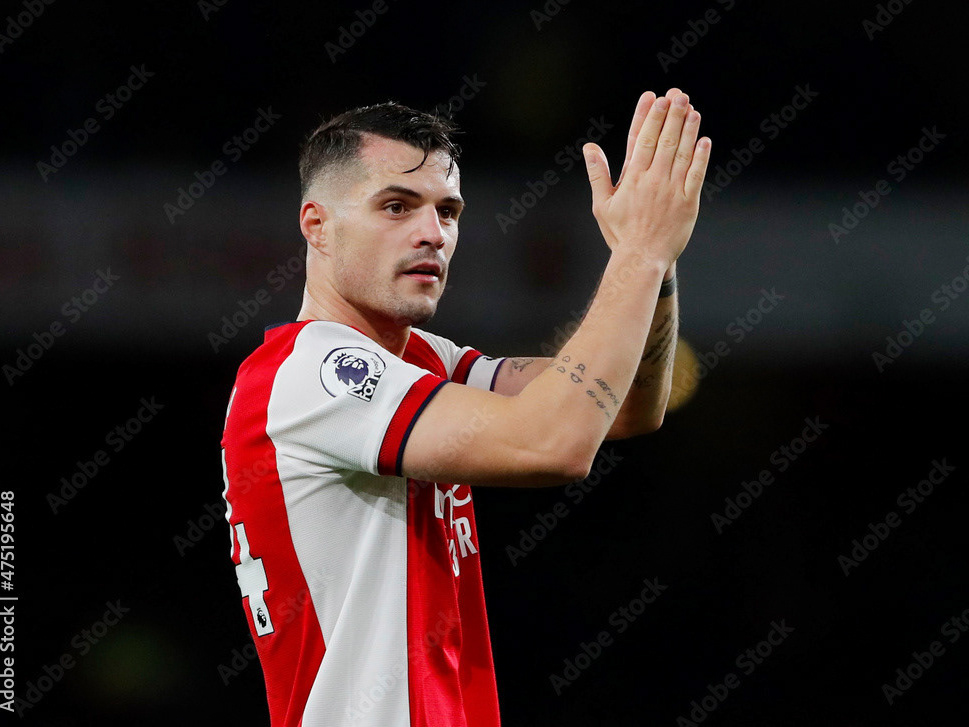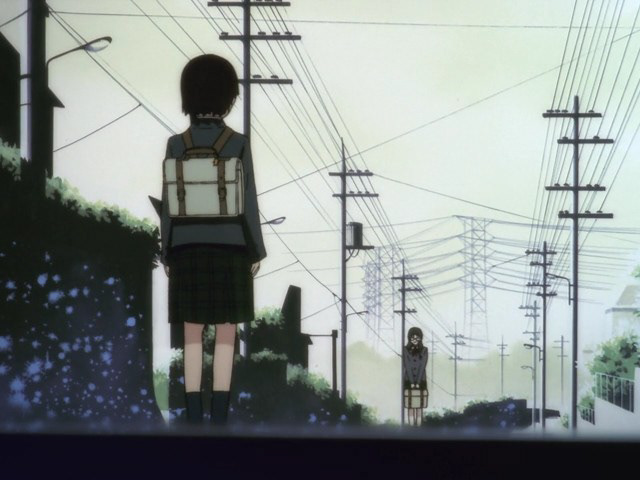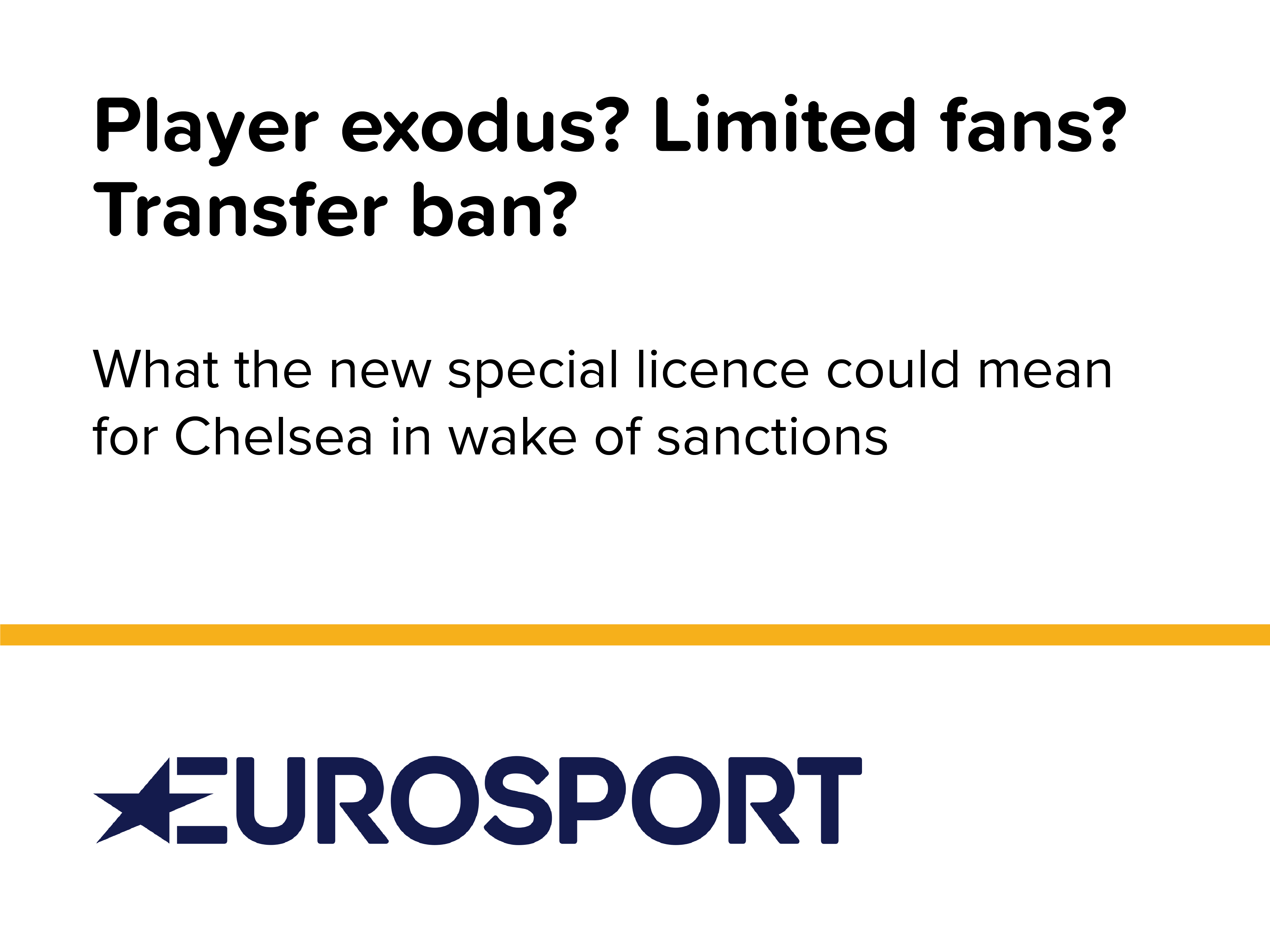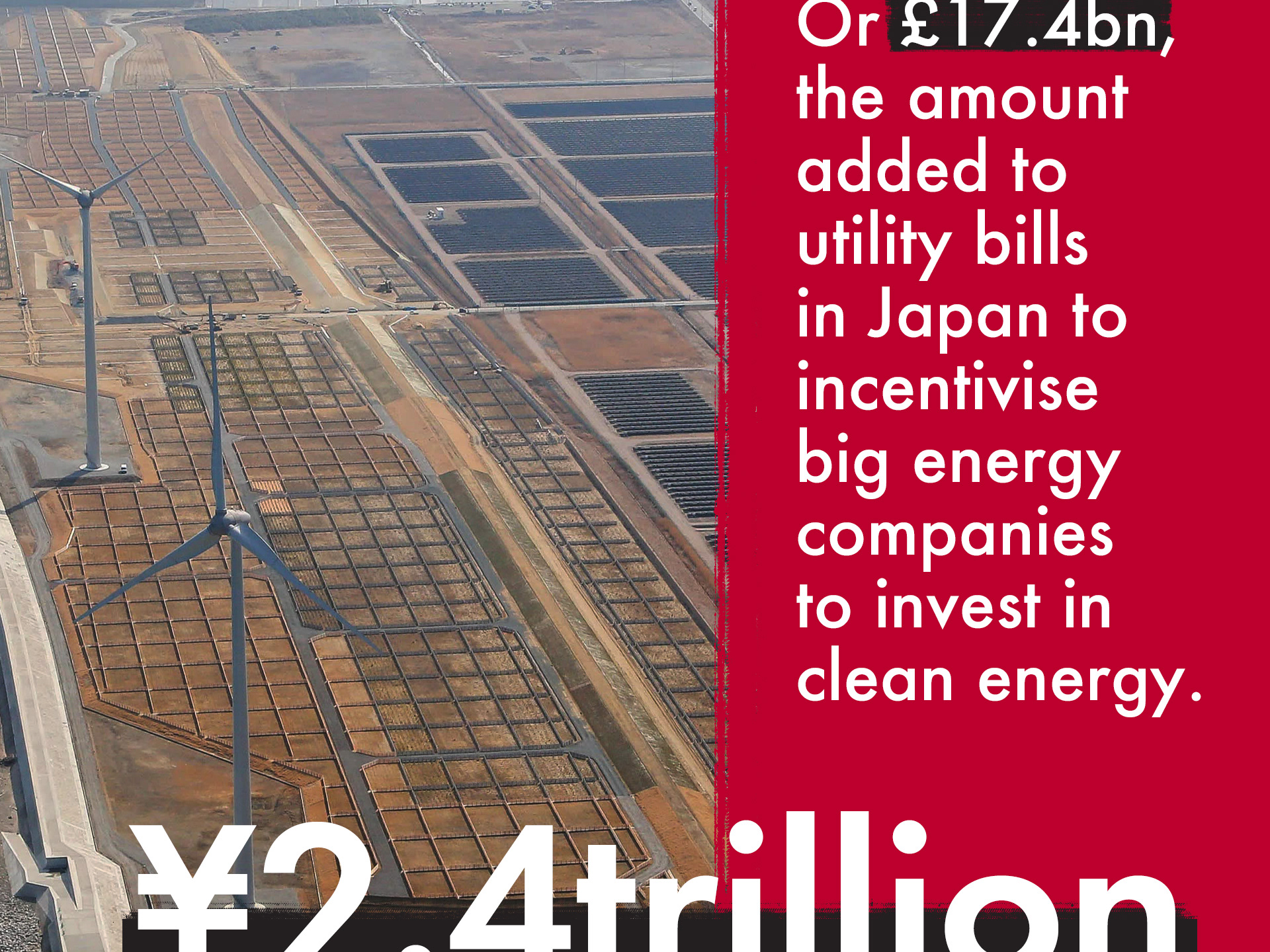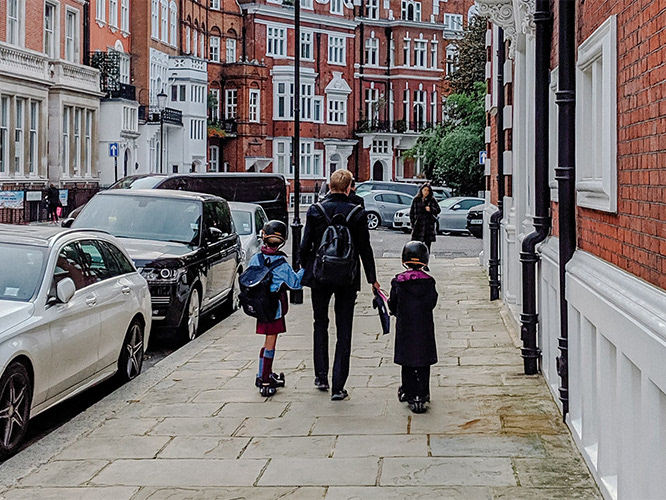It’s the pub where everyone knows your name and if they don’t then they will soon find out. The welcome is as warm as they come, the only thing missing is a laugh track as a warm and ruddy face peers around the heavy oak door.
“Hulloo love”, the newcomer says to the room.
“Hello sweetness”, the immediate response.
“Hello sweetness”, the immediate response.
A local has just stepped into Brighton’s smallest gay pub, the Marine Tavern. The owner is sat amongst other regulars, sipping tea and serving pints, “Did you miss me while you were away?” Apparently, in this pub, that is just the way it goes.
There has been a tangible change of the gay scene in Brighton of late. What was once a stream of vibrant and vocal club and party nights has softened as the LGBT community has sought the refuge of quieter and more personable spaces. Big venues are struggling for business but the town’s numerous smaller gay pubs and bars are thriving, finding a new scene emerging within them.
Since the nationwide recession in 2007, a quarter of all the gay venues in the country have closed down or gone into liquidation. The gay community is a thriving but small one, so the dozen or so venues that closed in the capital alone smacked of a big loss to LGBT culture. In Brighton, long-standing club night institutions have not been safe either; either noise complaints or police trouble means that they are not doing as well as they used to. James Ledward, editor of Brighton’s GScene Magazine, has said that gay bars in the town “face a bit of an identity crisis.”
Only in September this year, the town’s oldest gay pub threatened with closure. Sussex Police had called for a review of The Bulldog’s license after a series of incidents and subsequently the positive club atmosphere that had always been synonymous with the seaside town has started to wane.
It would be easy draw parallels between Brighton and the similar story unfolding in London. Creeping house prices and large-scale investors have seen the reworking and repurposing of classic gay hangouts such as the Joiner’s Arms in Hackney and Manbar in Charing Cross.
But in Brighton the shift feels somewhat different. It is not that the bigger venues are fading away, but the people just aren’t going there anymore.
The owner of the Marine Tavern, Lee Cockshowtt, has been running gay pubs across the length and breadth of the country for 15 years. He has owned places in Manchester, Leeds and as of two years ago, the Tavern in Brighton. Even in that short time he has noticed the change. “The scene has been rearranged, maybe even grown slightly,” says Lee. But it’s clear that big club nights just don’t have the pull they once did. One of the biggest, Wild Fruit, closed its doors for the last time earlier this year.
One of the cornerstones of LGBT nightlife in Brighton has always been a bussling drag scene. But the chain owned, externally managed venues have meant that anyone new and exciting has struggled to catch a break.
“It’s difficult for an unnamed act to perform here,” Lee says, “the Brighton Drag Mafia has got it all sewn up.” It is clear from the glint in his eye that he thinks drag has far from had its day; it’s just Brighton drag has become stale. “I have Pretty Woman at home on DVD, I watch it every three or four years, I wouldn’t pay money to watch it once a month.”
Another explanation for the slump in club culture is that Brighton is simply not attracting as many young gay people as it once did. Felipe Ramirez, a student in Brighton, thinks a demographic and cultural shift has seen more integration for LGBT individuals. He says, “People don’t feel like they need to come to Brighton to be gay in a safe space anymore.”
Felipe has worked bars in Soho and Revenge in Brighton for several years. “Among students it feels like the scene has softened over the last few years, people aren’t partying as much as they once did.” Last year, the usually popular freshers gay bar crawl expected 800 people to come along, only around 100 did.
But it has always been the older generation that has made up the majority of Brighton’s gay population and this is becoming more and more prevalent. In a town where the lines have blurred between gay and straight club venues it is the specifically LGBT ones that have begun to decline. Lee, 37, says, “It’s now much more acceptable to gay than when I started on the scene.”
Perhaps this is the point. The majority of right thinking people have stopped caring whether the people they party with are straight or gay. It now falls to the quieter side of Brighton’s gay scene, the bars and the little pubs, to provide a safe space for LGBT people, young or old. “They are looking for something a bit more personal”, Lee explains. Places that you don’t have to shout to be heard, or spend hours being ignored by beautiful bar staff, are becoming the norm for gay hangouts. “A place you can chat, laugh and just be gay.”
“Here we have people from 18, right through to 60”, Lee says of the Kemp Town pub. “Young talk to the old, everyone mixes together.” It has been an autumnal decline for the gay party scene in Brighton but little places such as this offer respite from booze soaked impersonality, and signify a move to quainter and less brash nights out.
Those who frequent the Tavern have dubbed it, ‘the Gay Cheers’. It is strange that this sense of nostalgia and a close-knit community is something people are again searching for but it is visibly evident here. So, sat by the fire amidst a room of perfectly coiffed hair, it is clear: you can always toast with warm beer and good conversation.


